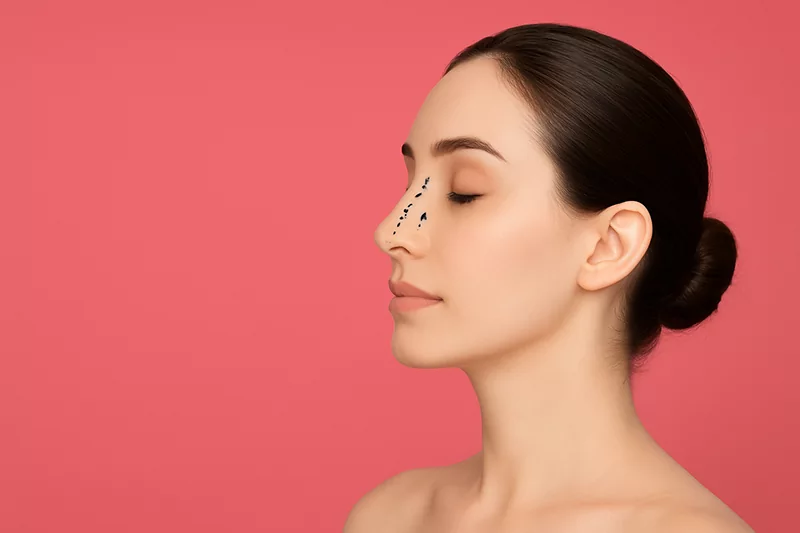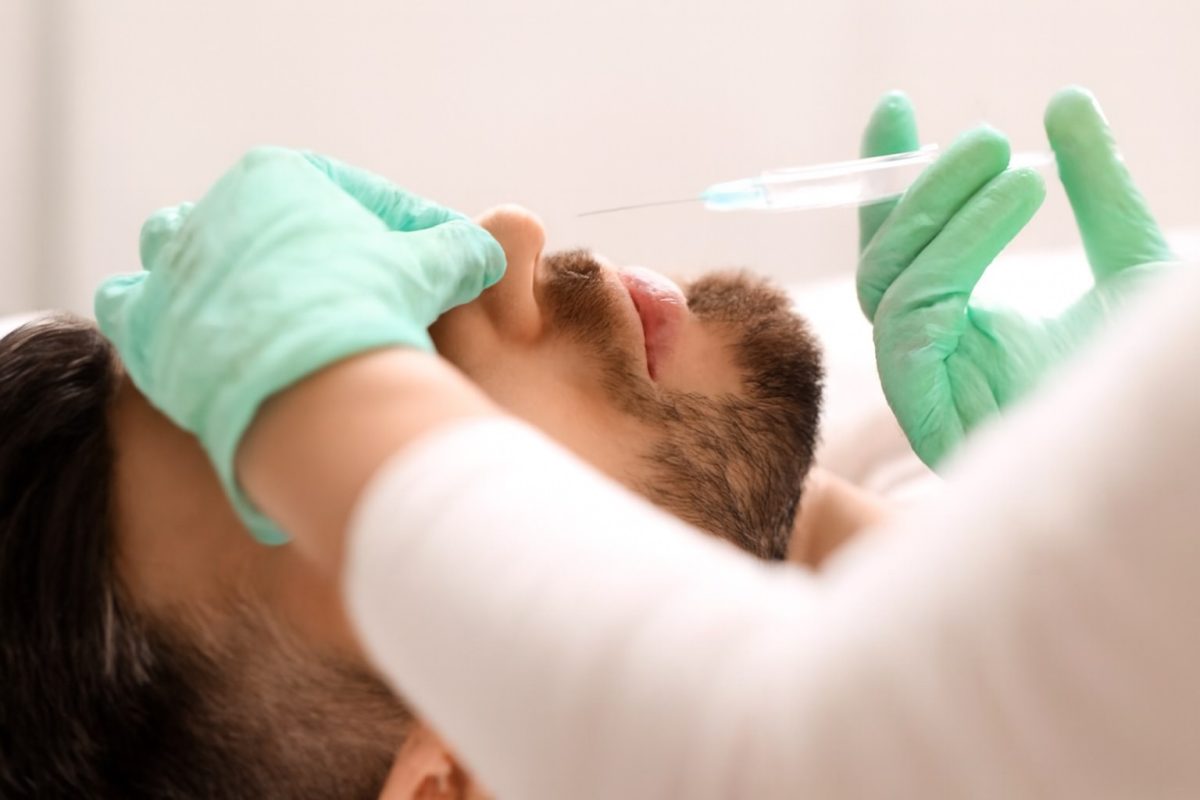Cosmetic Surgery: A Comprehensive Overview
Cosmetic surgery refers to a range of surgical procedures performed to improve an individual’s appearance. These procedures can be done on almost any part of the body and are often elective—meaning they are not medically necessary but are chosen by individuals for personal reasons.
In the past, cosmetic surgery was mainly accessible to the wealthy and celebrities. However, that is no longer the case. Every year, millions of people visit surgeons in the hope of achieving a flatter stomach, larger breasts, or reshaped noses and chins. In this article, we will introduce various types of cosmetic surgeries for the face and body, followed by details about the most popular procedures.
Types of Facial Cosmetic Surgery
Nose Surgery or Rhinoplasty
Rhinoplasty, or nose surgery, is one of the most common cosmetic procedures. A skilled surgeon can reshape and correct noses that appear too large or wide for a person’s face, noses with a bump on the bridge, or noses that are crooked or off-center either naturally or due to injury.
While this surgery is popular among teenagers, doctors usually recommend waiting until at least age 15 or 16. This age may be higher for boys. Major complications after surgery are rare, and recovery typically takes between one to three weeks.
Who Is Rhinoplasty Suitable For?
Rhinoplasty is suitable for individuals who wish to enhance the appearance of their nose, those with functional breathing problems that can be improved or resolved through surgery, and individuals in generally good health.
Benefits of Rhinoplasty
Rhinoplasty is a permanent solution that enhances the appearance of the nose and, in some cases, restores facial symmetry, ultimately boosting a person’s confidence. Additionally, if the patient has breathing issues, the surgery can help correct them.
What Are the Side Effects of Nose Surgery?
-
Swelling and bruising are common side effects, typically resolving within a few weeks but can sometimes last longer.
-
Scarring may occur, although it is usually hidden inside the nose or along natural creases.
-
There is a risk of infection at the incision sites.
-
Breathing difficulties may arise in rare cases.
-
Some patients may feel dissatisfied with the aesthetic outcome.
-
There are anesthesia-related risks during the procedure.
-
Numbness at the surgical site can also occur, though it’s uncommon.
⚠️ Note: While the surgery can improve appearance and restore symmetry, there is also a chance of infection, breathing problems, or swelling.
Pre- and Post-Operative Care for Rhinoplasty
Before surgery, the individual must consult with a plastic surgeon and undergo medical evaluations. Lab tests and imaging may be required. Patients should avoid medications and supplements that increase bleeding risk, such as aspirin and anti-inflammatory drugs.
After surgery, the surgeon will provide detailed instructions. The patient should:
-
Take prescribed medications on time.
-
Use cold compresses to minimize swelling and bruising.
-
Avoid strenuous activities.
-
Refrain from blowing their nose for at least one week.
-
Protect the nose from any impact.
During rest, it is important to keep the head elevated above the body. Soft foods that require minimal chewing should be consumed to avoid discomfort. Direct sun exposure may cause pigmentation changes and should be avoided. Finally, all post-surgical recommendations must be followed carefully to reduce the risk of scarring.



